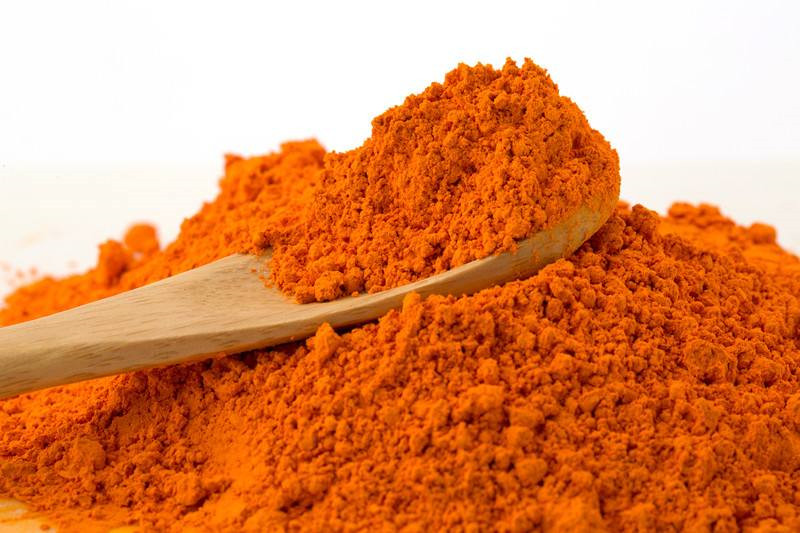Advantages and Disadvantages of Natural pigment
Whether it is a natural pigment or synthetic pigment that has been confirmed to be safe for the human body, the addition of corresponding products is an attraction to consumers, which is due to the visual impact of color on human beings and stimulate people to make a series of reactions. Food, beverage and supplement manufacturers also try to match colors to specific tastes as a tool to appeal to consumers, so coloring is very common in some packaged food and beverage applications. However, more and more consumers not only pay attention to the appearance of products but also read product labels and avoid synthetic colors as much as possible. Therefore, some companies, especially large food and beverage enterprises, have begun to remove artificial colors from their products and replace them with colors and smells from natural sources.
Natural colorants are an alternative to synthetic food colorings. In the pursuit of natural pigment products, people expect not only the health properties of the products themselves but also the return of the original “color” of the products. Artificial pigments used for more than a hundred years are being or will be gradually replaced by natural edible pigments from plants, animals and microorganisms. These compounds are extracted from a variety of plant tissues. Most of the natural pigments are anthocyanins, flavonoids, and carrot compounds, they are not only non-toxic and harmless but also contain essential nutrients for the human body, some of which are vitamins or substances with vitamin properties. There are also some natural pigments that have certain pharmacological functions and have preventive and therapeutic effects on certain diseases. Anthocyanins are a good example. These compounds provide a range of colors including red, purple and blue. Aside from their primary role in giving plants their vibrant colors, these compounds have antioxidant properties. Here today, we will explain why natural pigments are becoming more popular and their disadvantages.
Advantages of natural dyes
Ecofriendly
Natural colouring has a lot of advantages over synthetic dyes. Amongst these are that it is more environmentally friendly, nontoxic, and biodegradable. This is because these dyes are derived from plants, fungi, or animals.
Safe
Natural colouring can be made from vegetables and fruits. They are almost non-toxic to humans. For example, beets produce a red dye that can be used to dye foods. Some natural pigments are vitamins in their own right (e.g., riboflavin) or have vitamin activity (e.g., beta-carotene) and therefore have nutritional effects (Antioxidant and Antibacterial). Some also have pharmacological effects (such as strong liver, diuresis, etc.). However, some materials such as annatto and carmine, can cause a severe allergic reaction, which can lead to life-threatening anaphylactic shock. Natural vegetable dyes are safe for people with sensitive skin. They are also more durable than their chemical counterparts.
Rich source
Natural food pigments are extracted from various botanical sources, such as barks, leaves, roots, insects, flowers, minerals and some algae microorganisms.
Unique color and taste
Natural pigments can better mimic the color of the plant itself and appear more gentle and natural. If used correctly, they can produce soft, vibrant shades. Some natural pigments have a unique original aroma, which can bring pleasure when added to food.
Disadvantages of natural dyes
Poor staining
Some natural dyes react with ingredients in processed foods and change color, making them less bright than synthetic pigments. Some natural pigments have an odor due to co-existing components.
Poor stability
Most natural pigments have poor resistance to heat, light or gold. They are sensitive to light, heat, oxygen, microorganisms and metal ions as well as pH changes, such as anthocyanins turning red with acid and blue with alkali. The stability varies with pH. In the process of processing and circulation, it is easy to be affected by external factors and easy to deteriorate.
More Cost
One major impediment to the global natural colorants market is the high cost of extraction. Little content means more consumption, For example, it takes just 230 grams of dye to color a pound of cotton. In contrast, a typical chemical dye takes 5 grams. Because the amount of colorant in these dyes is low, the price of natural coloring is higher than that of synthetic equivalents. In order to minimize the cost, producers use efficient production techniques. This reduces production costs and mitigates associated risks in the market.
In the field of food processing and production, synthetic pigment is still the mainstream because of its rich color and low price, with a higher use rate. In recent years, the consumer has become more aware of the benefits of synthetic food coloring and its adverse effects. As more and more consumers start to favor clean label products, companies are turning to natural colors. Consequently, an increasing number of companies are commercialising natural food coloring.
More about this item : Natural plant pigments: Types and Plant Sources




